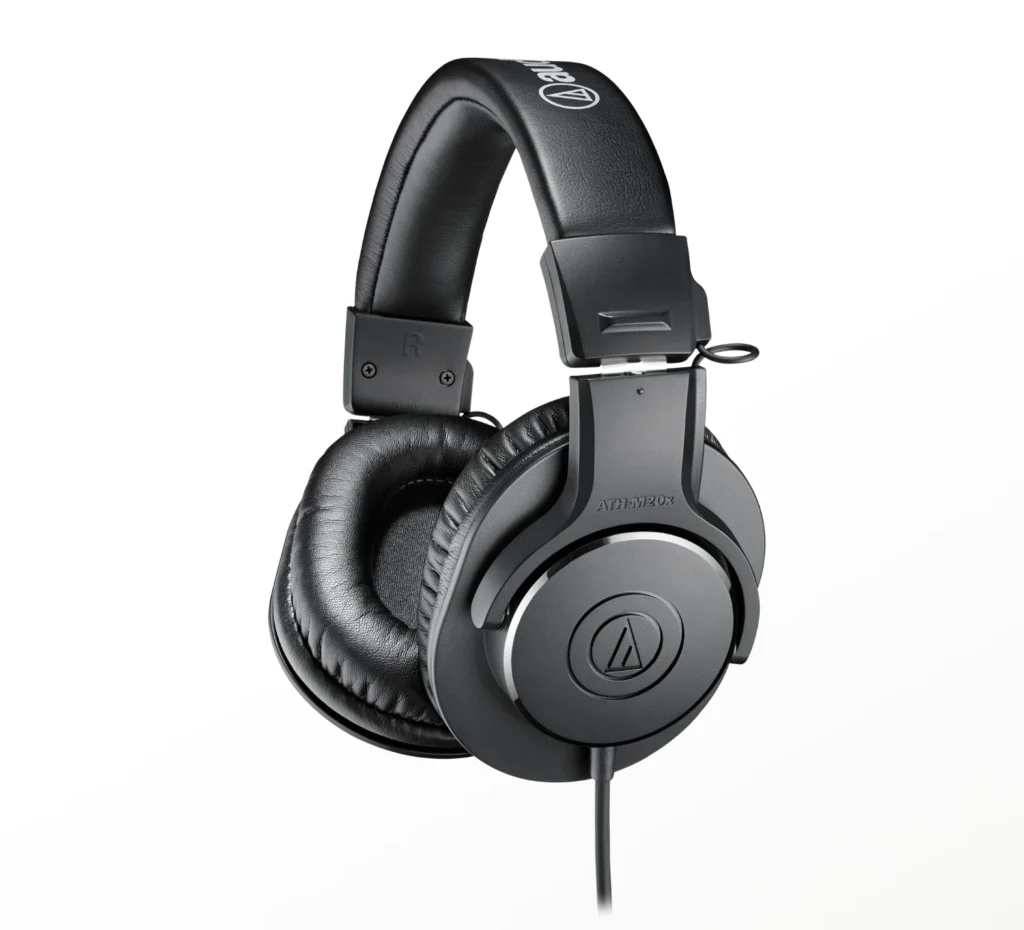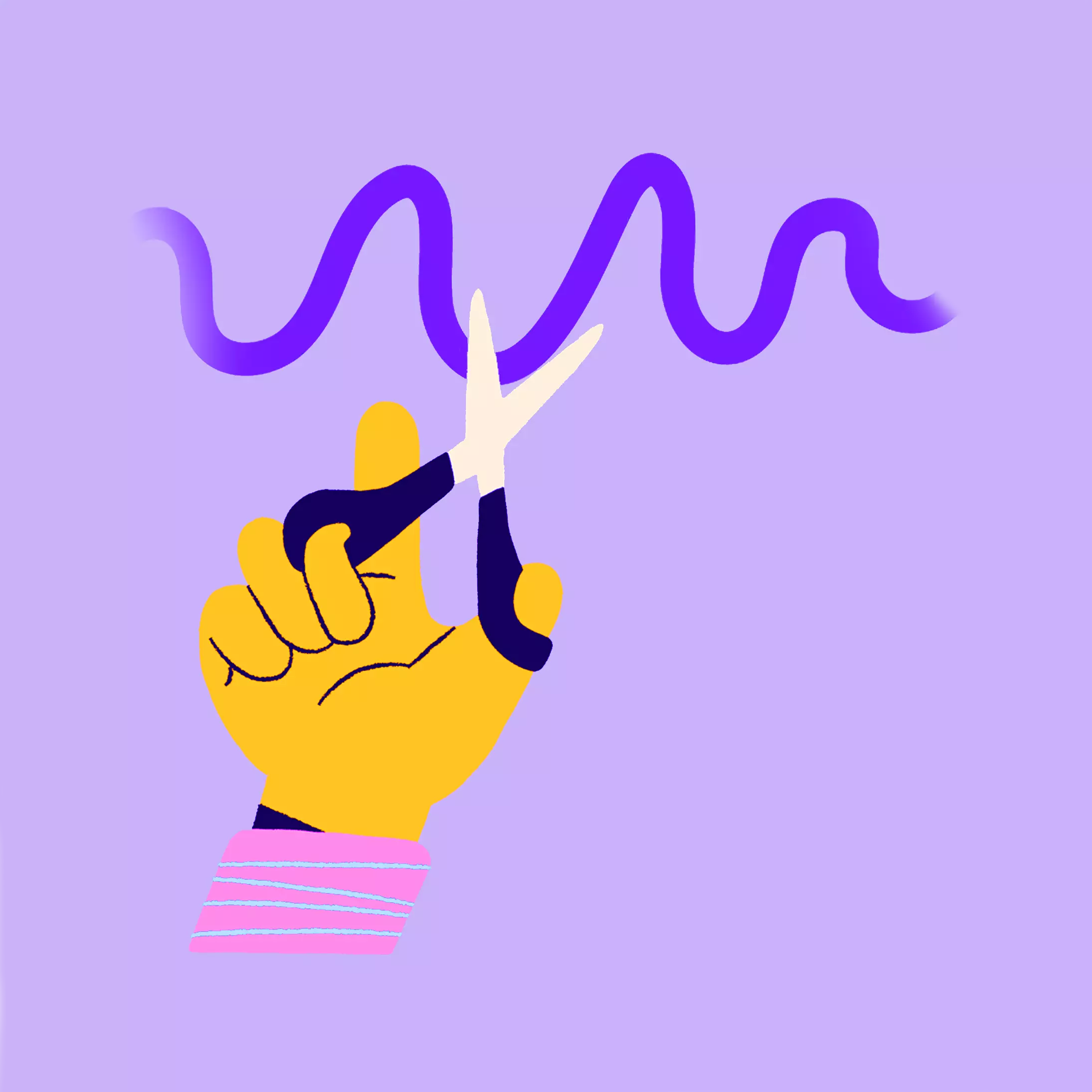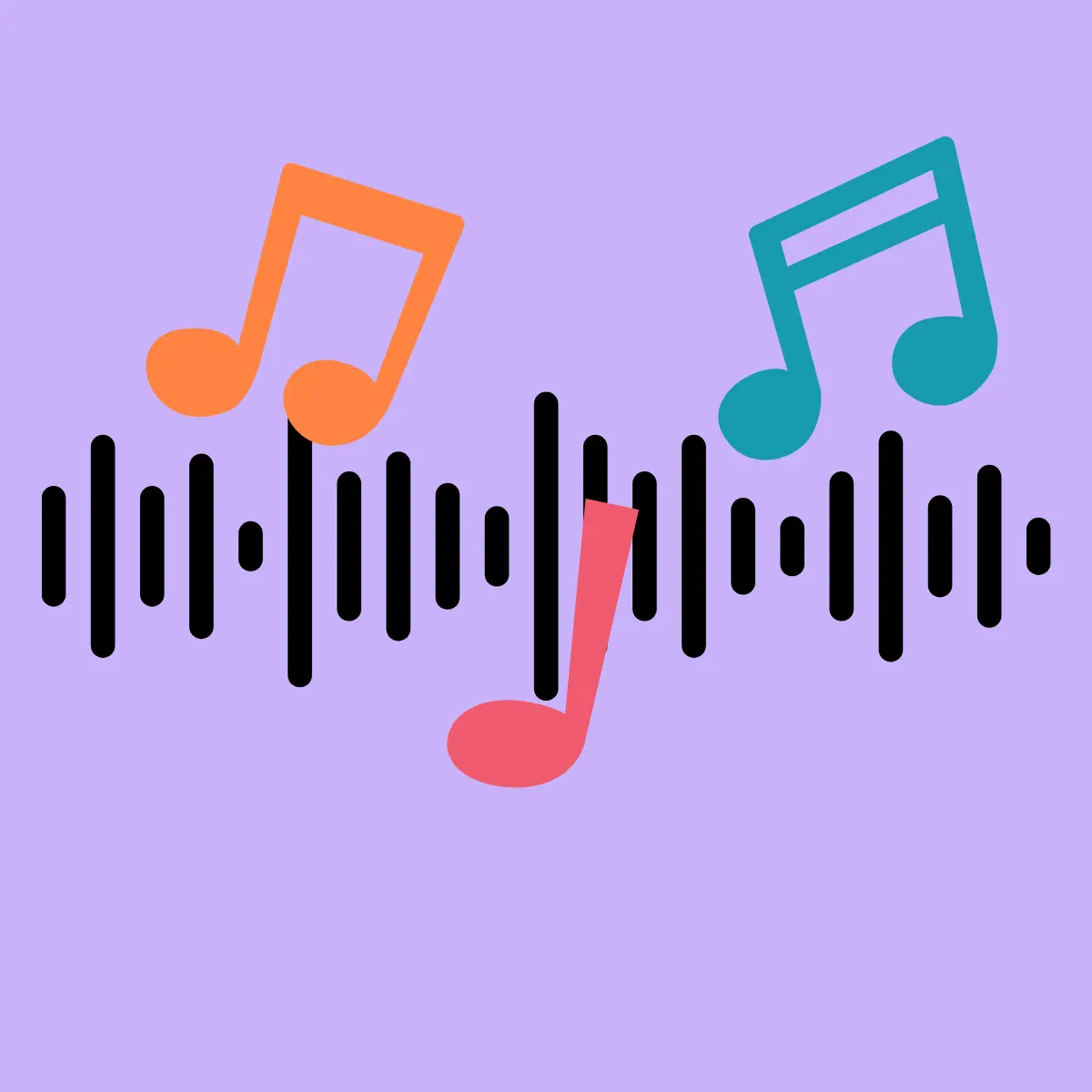Podcast headphones for every budget compared in 2025
Yes, you should use headphones as a podcaster. You can hear yourself directly, so you can hear your pronunciation and the sound immediately and it’s a must, especially for remote recordings! This is the only way you can properly separate the two sound sources.
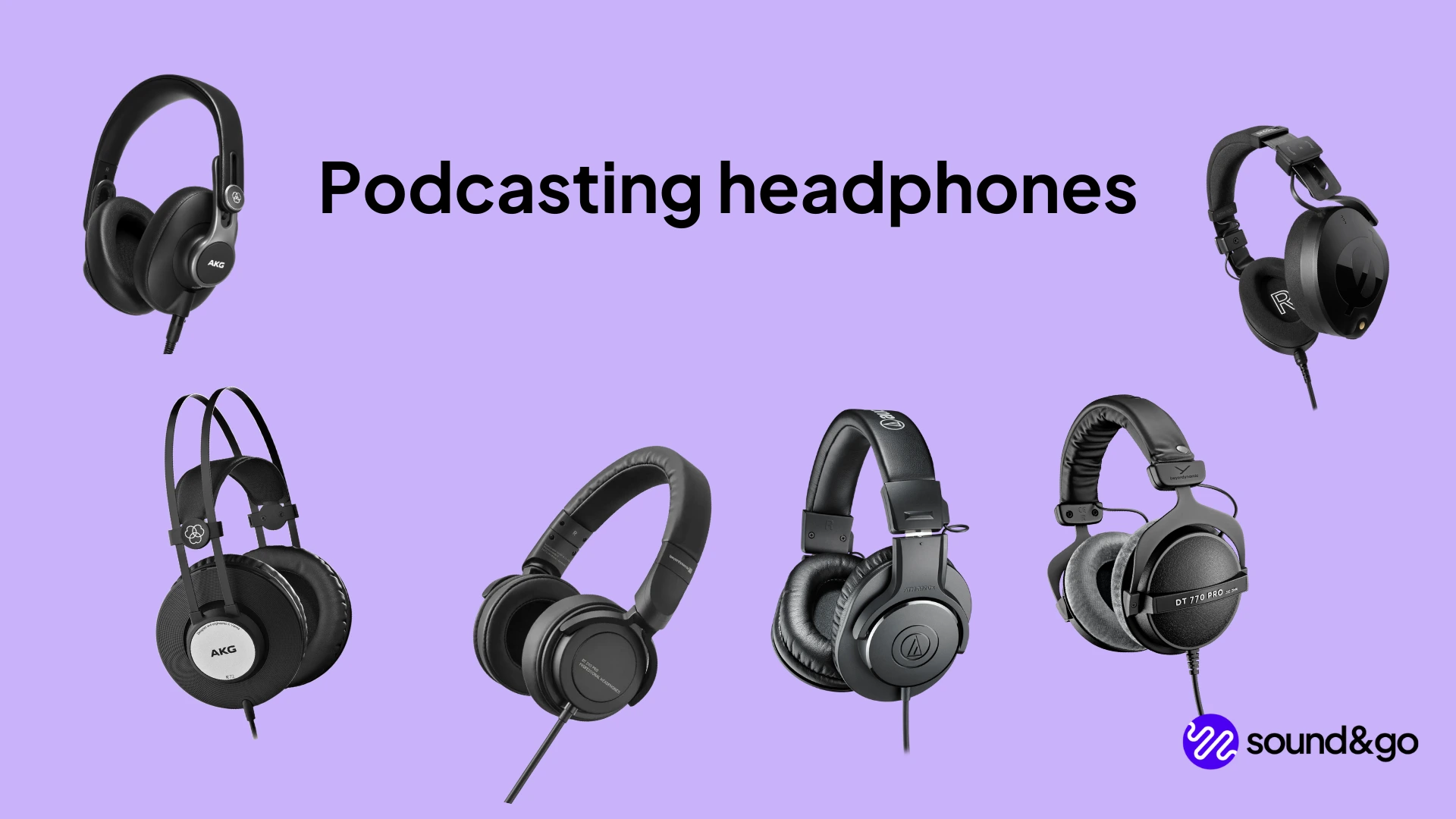
We’ll help you find your new podcast headphones! Because headphones are essential for podcast recordings. Suitable for every budget from approx. 45€ to 600€. Further information on construction and ohm values can be found under the products.
TL;DR: Our recommendation
- Use our affiliate links and support our work.
Our website is free of advertising banners and we state transparently when we have been sent a product. By purchasing from our affiliate partners you do not pay more and support us. Thank you!
Podcast headphones comparison
1. Audio-Technica ATH-M20x - A solid entry-level model
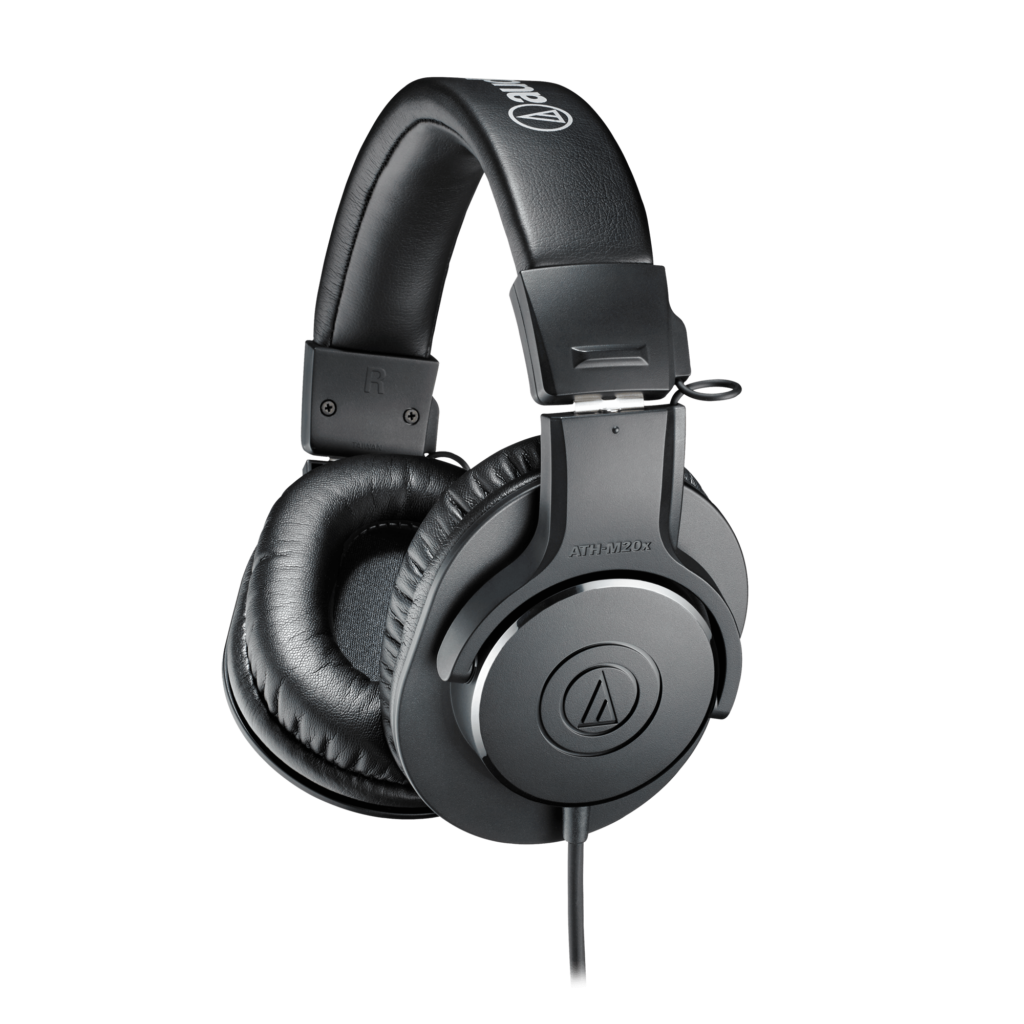
Sound: The Audio-Technica ATH-M20x* delivers a precise and well-balanced sound that makes it ideal for podcast recording and music listening. The bass is tight and controlled without being overpowering, while the mids and highs are clear and articulate. For its price range, the ATH-M20x offers solid audio quality that suits both beginners and more advanced users.
Comfort: When it comes to comfort, the ATH-M20x scores points with its lightweight design and soft ear cushions that comfortably enclose the ears. The adjustable headband ensures a secure and pleasant fit, distributing the weight evenly to avoid pressure during longer sessions. This makes the ATH-M20x comfortable to wear for several hours at a time.
Value for Money: Positioned in the entry-level price segment, the Audio-Technica ATH-M20x delivers great value for money. Its features and performance are convincing for headphones in this category. For those on a limited budget, the ATH-M20x is a reliable choice for podcast recording, making it an excellent option.
Overall Rating: ★★★★☆: Overall, the Audio-Technica ATH-M20x earns a rating of 4 out of 5 stars. Thanks to its strong price-performance ratio, this model is a great option for users looking for an affordable and dependable pair of headphones. The build quality is solid and durable, and while the ATH-M20x doesn’t offer high-end features, it performs its core functions reliably.

2. AKG K72 - An affordable all-rounder for podcasters
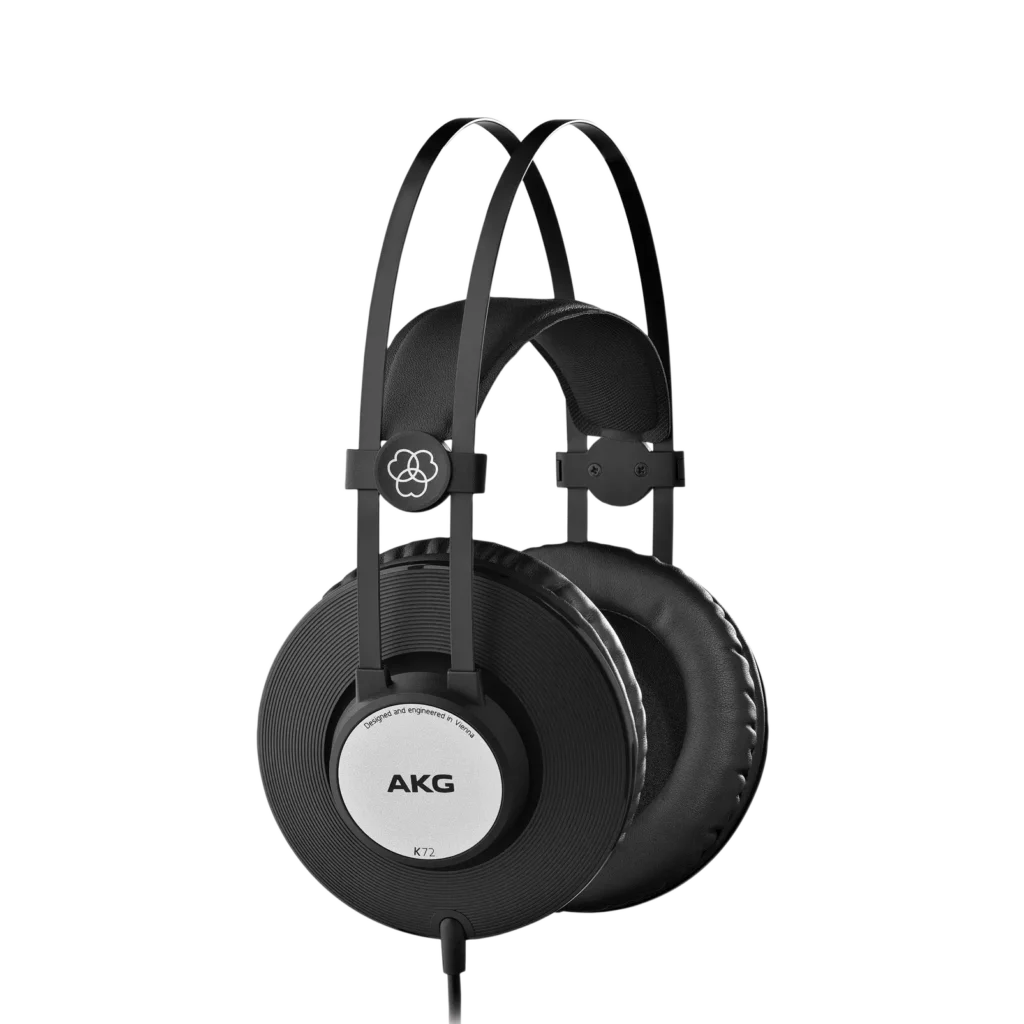
Sound: The AKG K72* delivers sound quality that is more than sufficient for those just getting started in the world of podcasting, especially at this price point. The mids are slightly overemphasized, and the balance between bass and midrange can feel a bit uneven.
Comfort: When it comes to wearing comfort, the AKG K72 impresses with large ear pads and an adjustable headband that ensures a pleasant fit. The ear cushions are relatively soft, and the K72 remains comfortable even after several hours of use in most cases. At just 190 grams, it’s also pleasantly lightweight.
Value for Money: Positioned in the lower price range, the AKG K72 offers excellent value for money. Both the sound quality and comfort are convincing for this price class. The build quality is adequate for the cost. For beginners on a tight budget, the K72 is a solid choice, as it focuses on delivering the essential – sound.
Overall Rating: ★★★★☆: Overall, the AKG K72 receives a rating of 4 out of 5 stars. The combination of good sound quality, high comfort, and great value makes this model an affordable yet solid option.

3. Beyerdynamic DT 770 Pro - Professional model with impressive sound
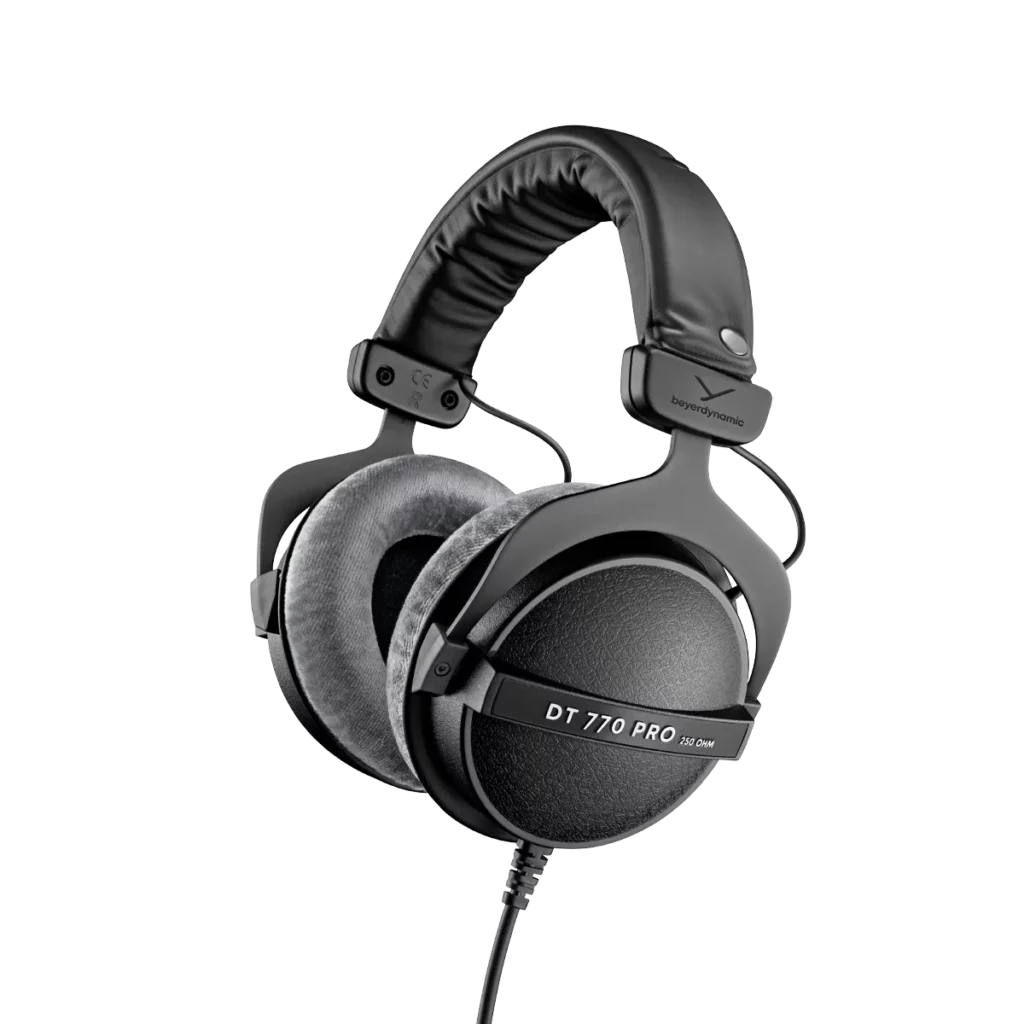
This brings us to the models for advanced users.
Sound: The Beyerdynamic DT 770 Pro* delivers excellent audio quality that goes well beyond podcast recordings and is also suitable for professional applications. The bass is deep and precise, while the mids and highs are clear and well-defined. The sound is highly neutral and easy to evaluate, making it a studio favorite. We, the authors, have personally been using the DT 770 Pro in various settings for years, so we can confirm its quality firsthand.
Comfort: The Beyerdynamic DT 770 Pro also stands out for its exceptionally soft and comfortable ear pads, which are also replaceable. The padding is lighter in color but even softer, and helps prevent the kind of sweat buildup often caused by synthetic leather on other models during extended use.
Value for Money: The DT 770 Pro scores highly in this category. Its outstanding sound quality, excellent comfort, and solid build (again, proven through years of personal use) are remarkable for headphones in this price range. For those willing to invest a bit more in their podcast setup, the DT 770 Pro is an excellent option that offers professional-level quality and reliability.
Overall Rating: ★★★★★: Overall, the Beyerdynamic DT 770 Pro receives a full 5 out of 5 stars. It’s well-built, long-lasting, and delivers superb sound. Highly recommended for anyone seeking high-quality headphones. And trust us—don’t just listen to your podcast with these. Try your favorite music, too. You won’t regret it.
By the way: The impedance rating matters. The 250-ohm version offers the most balanced sound but isn’t ideal for all users—higher resistance means lower (quieter) output. If you’re using a laptop or portable device, we recommend the 32-ohm version to ensure sufficient volume. The 80-ohm model is a great middle ground, working well for both professional and mobile setups.

4. AKG K371 - Professional model with outstanding sound quality
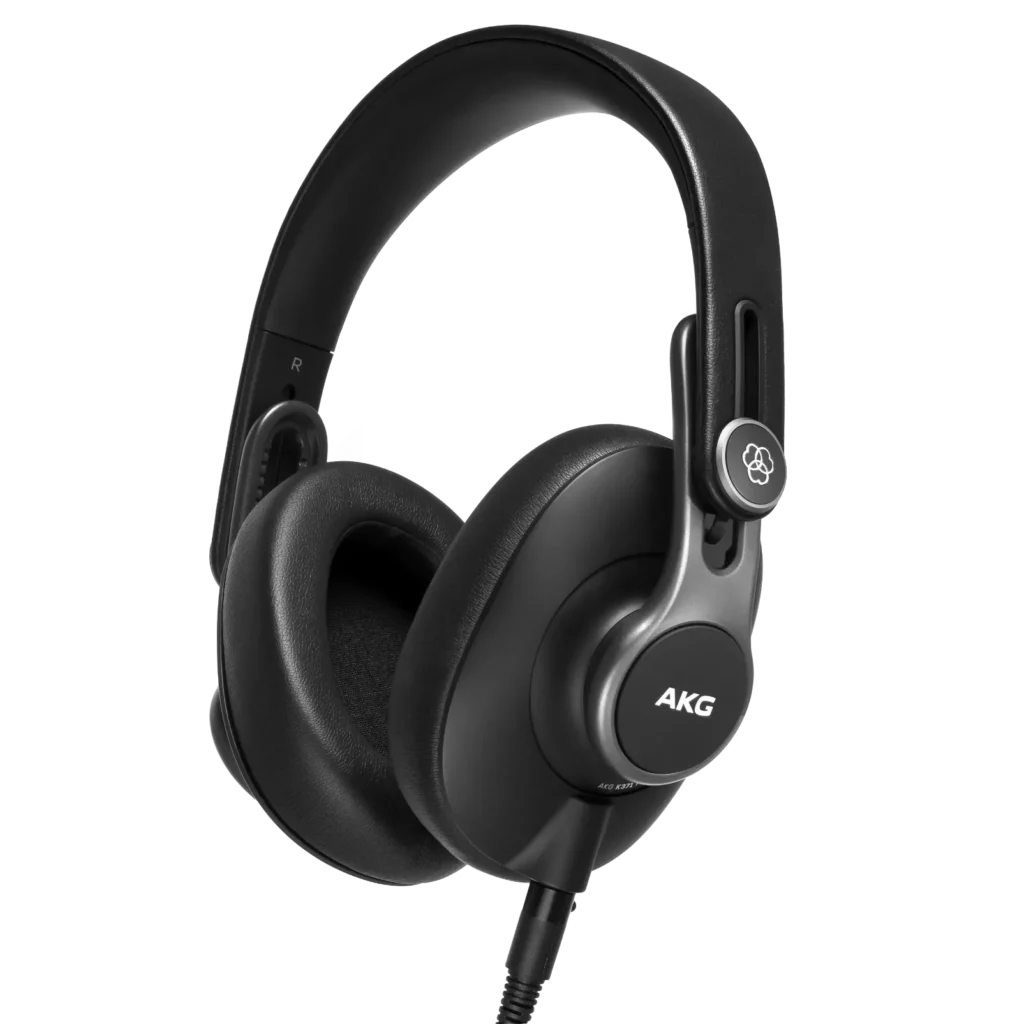
Sound: The AKG K371* offers truly impressive sound quality, making it ideal for podcast recordings and a variety of other applications. The K371 sounds so balanced that music lovers might find it a bit too neutral or clinical. But that’s exactly its strength in editing and mixing: thanks to its neutral sound profile, it’s easy to evaluate and fine-tune a clean mix. Perfectly suited for production purposes.
Comfort: Here too, the AKG model performs well. While the design isn’t particularly round or classic, that doesn’t impact the comfort. The K371 is very gentle and comfortable to wear, making it suitable even for longer recording sessions.
Value for Money: This model scores high in this category, offering a well-rounded package without any major drawbacks. The price is absolutely fair for what these headphones deliver!
Overall Rating ★★★★★: Overall, the AKG K371 receives a rating of 4.8 out of 5 stars. It combines all key features so well that it comes highly recommended.

5. Røde NTH-100 - High quality and comfortable
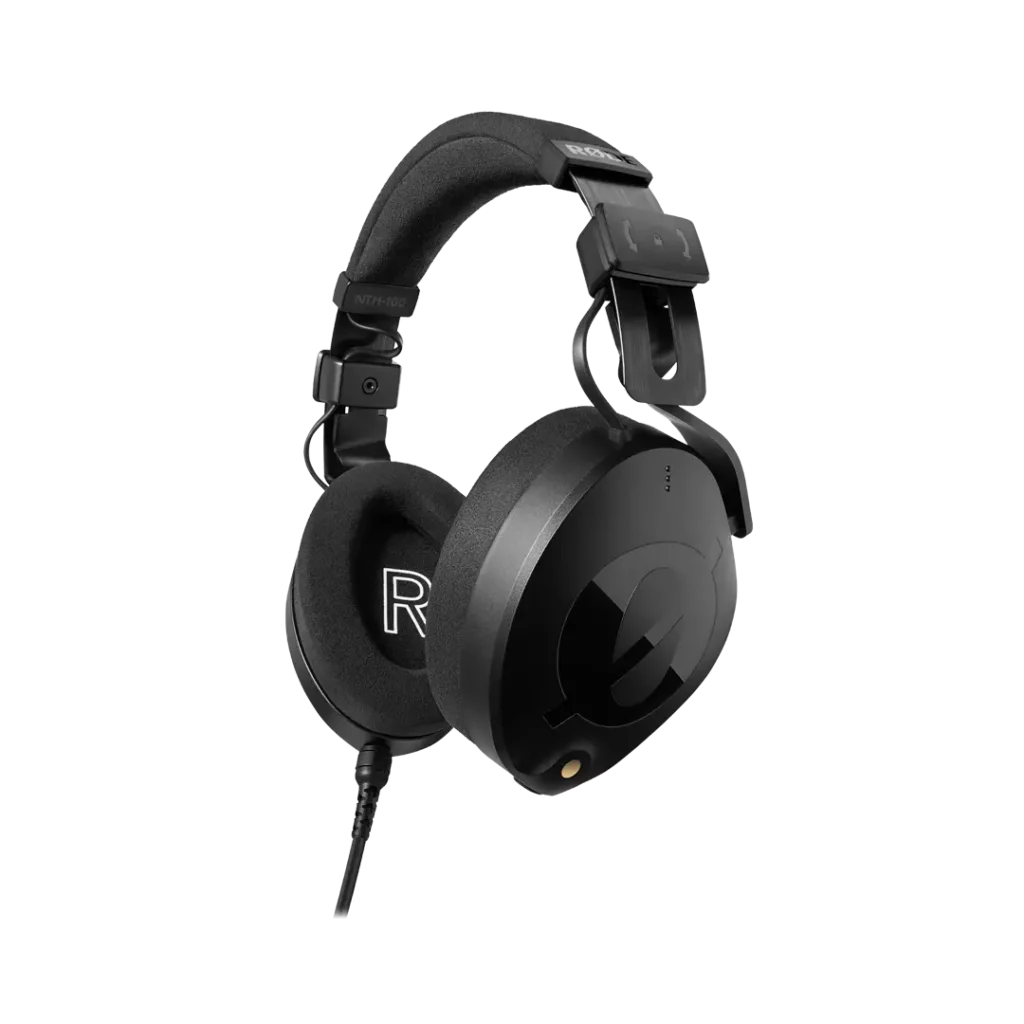
Sound: The Røde NTH-100* delivers a very natural sound with minimal distortion and accurate frequency response. This makes it perfectly suited for voice recordings and mixing, while still offering an enjoyable experience for casual listening.
Comfort: Thanks to its CoolTech™ gel, the NTH-100 stands out in terms of comfort. Røde sets a new benchmark here, as many over-ear models tend to cause heat buildup and sweating over time — not this one.
Value for Money: The NTH-100 offers excellent value for money. Its outstanding audio quality, high comfort level, and robust build are impressive for a headphone in this price range. If you’re willing to invest a bit more in your podcasting setup, the NTH-100 is a fantastic choice that delivers both premium sound and reliability.
Overall Rating ★★★★★: Overall, the NTH-100 receives a rating of 4.8 out of 5 stars. It is the most expensive option in this list, which slightly lowers its score. However, if you’re aiming to work professionally, this is — as is often the case with Røde products — a solid choice. Its functional design and superior comfort really stand out in this price category, something other brands rarely match.

6. Beyerdynamic DT 1770 Pro - Please don't just use it for podcasting!
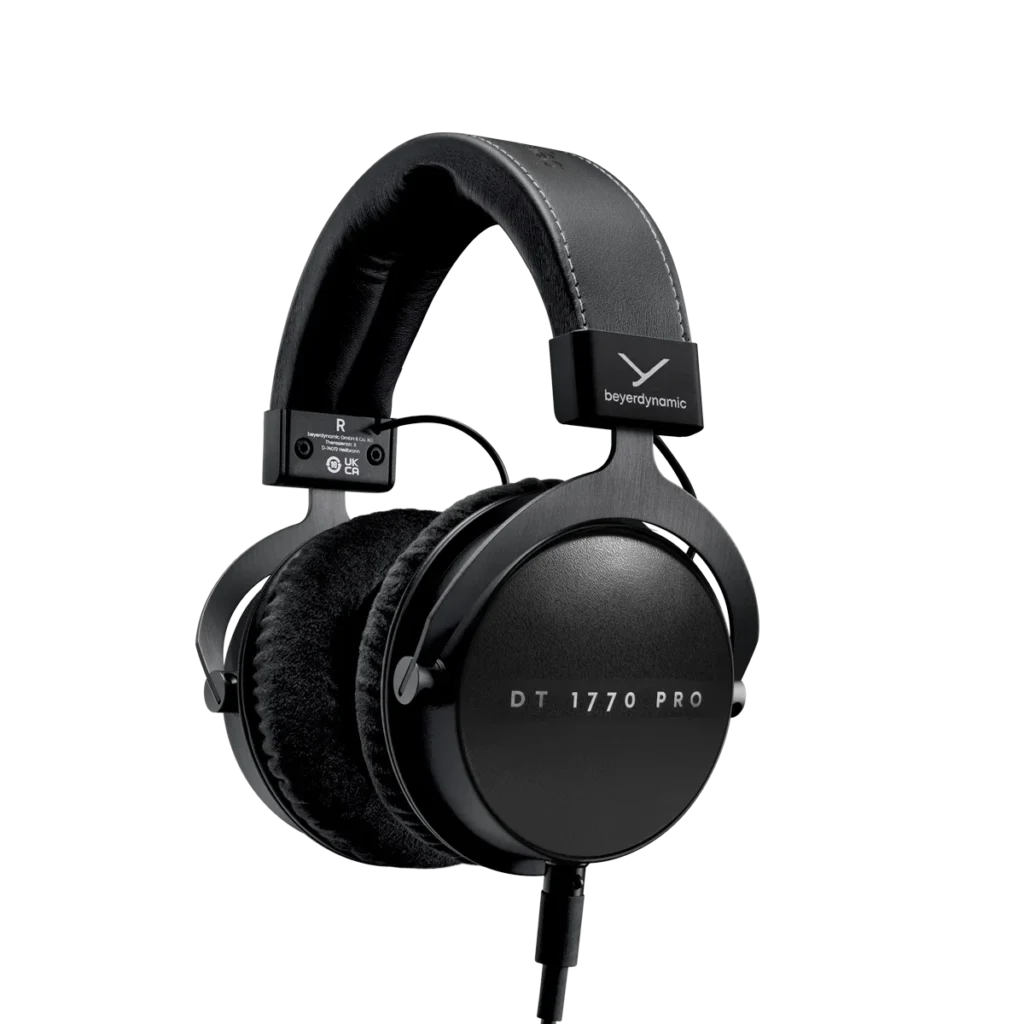
Here we’re clearly entering studio-grade headphone territory! Please don’t limit this model to podcasting only – it’s far too good for that. 😉
Sound: The DT 1770 Pro MKII delivers an impressively detailed soundscape, revealing even the finest nuances. Its 45mm Tesla drivers provide high precision and dynamic range — ideal for music production and mixing. Bass is powerful yet controlled, while mids and highs remain clear and unobtrusive, even at higher volumes. For audiophiles and sound engineers, the DT 1770 Pro MKII is an outstanding choice.
Comfort: Unsurprisingly, the Beyerdynamic DT 1770 Pro is even more comfortable than the already beloved 770 model. The padding is softer, and the materials used feel noticeably more premium. It’s almost like wearing a touch of luxury.
Value for Money: With a price tag around €500 (depending on the offer), the DT 1770 Pro MKII isn’t cheap — but its performance fully justifies the investment. Build quality is rock-solid, the materials are premium, and the included accessories (two cables: straight and coiled, plus a sturdy hard case) reinforce its high-end appeal. If you’re looking for a headphone that meets professional demands, this is an excellent all-around package.
Overall Rating ★★★★★ : Overall, the Beyerdynamic DT 1770 Pro MKII earns a solid 6 out of 5 stars — if it weren’t for the price! The craftsmanship is top-notch, and the sound is absolutely elite. Thanks to its incredibly neutral, almost surgically clean response, it’s perfect for professional-grade mixing and other studio tasks. Or, just sit back and actively enjoy your favorite tracks like never before.
By the way: There’s also a slightly more affordable MK1 version, but it only comes with a 250-ohm impedance.

Construction: Open, semi-open or closed headphones for podcasts?

Open, semi-open and closed headphones each offer different advantages and disadvantages. Open models have an open back of the ear cups, which allows the sound to be emitted unhindered into the surroundings. This results in a more natural and airy sound, which is particularly appreciated by music lovers. However, the sound insulation of open models is very poor, which means that ambient noise can be heard loudly and the music being played can also be clearly heard by people nearby.
Closed models, on the other hand, have a closed back of the ear cups, which largely keeps the sound inside. This provides better sound insulation and is therefore better suited to noisy environments or situations where ambient noise needs to be minimized. In addition, very little sound is emitted to the outside.
In the example of a remote podcast, the voice of the person listening to it is not emitted into the environment. This is a decisive advantage, as your track is clean and has no crosstalk. Closed models tend to have a stronger bass response, but can also offer a less natural sound stage. This design is perfect for podcasting
Semi-open models are a middle ground, usually this is not a good compromise as manufacturers fail to combine the advantages of the two construction methods. This is mainly due to physical reasons.
Bluetooth or wired for podcasters?

We don’t want to advise against wireless headphones in principle, but they are often inferior in terms of quality and value for money compared to wired versions.
Wireless technologies tend to be asychronous! And they are usually more expensive. If you have AirPods Max anyway, you can of course still use them! Even if Bluetooth models are super practical, they don’t have such a secure connection and poorer sound quality.
In-Ear or Over-Ear?
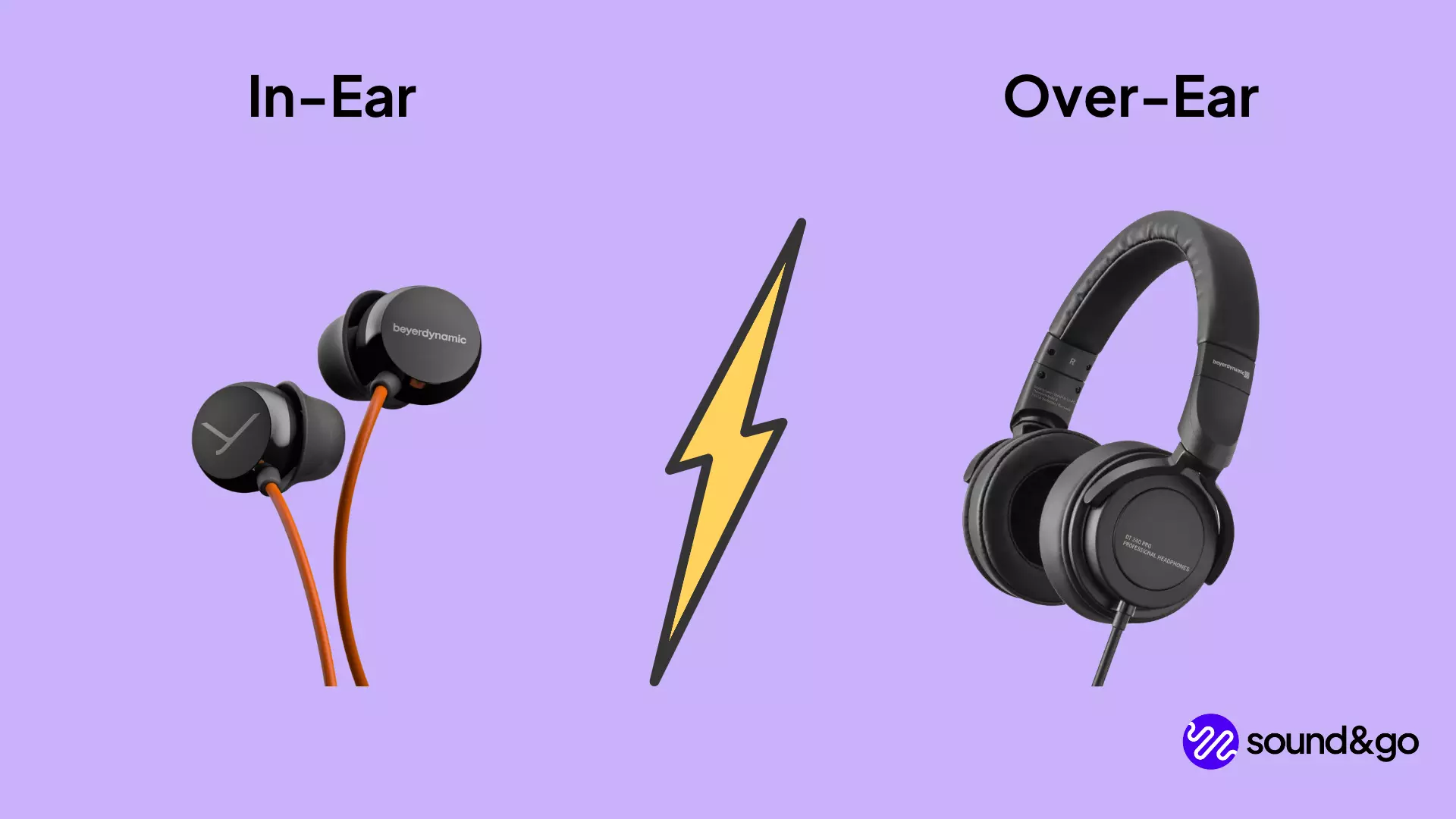
In-ear headphones can and may of course be used! However, over-ear products are usually preferred as they are more comfortable to wear and provide a better sound image. They also make a more professional impression when shooting pictures or videos. It is not for nothing that large cable headphones are always used in professional studios.
What about headsets? Microphone and headphones in one?
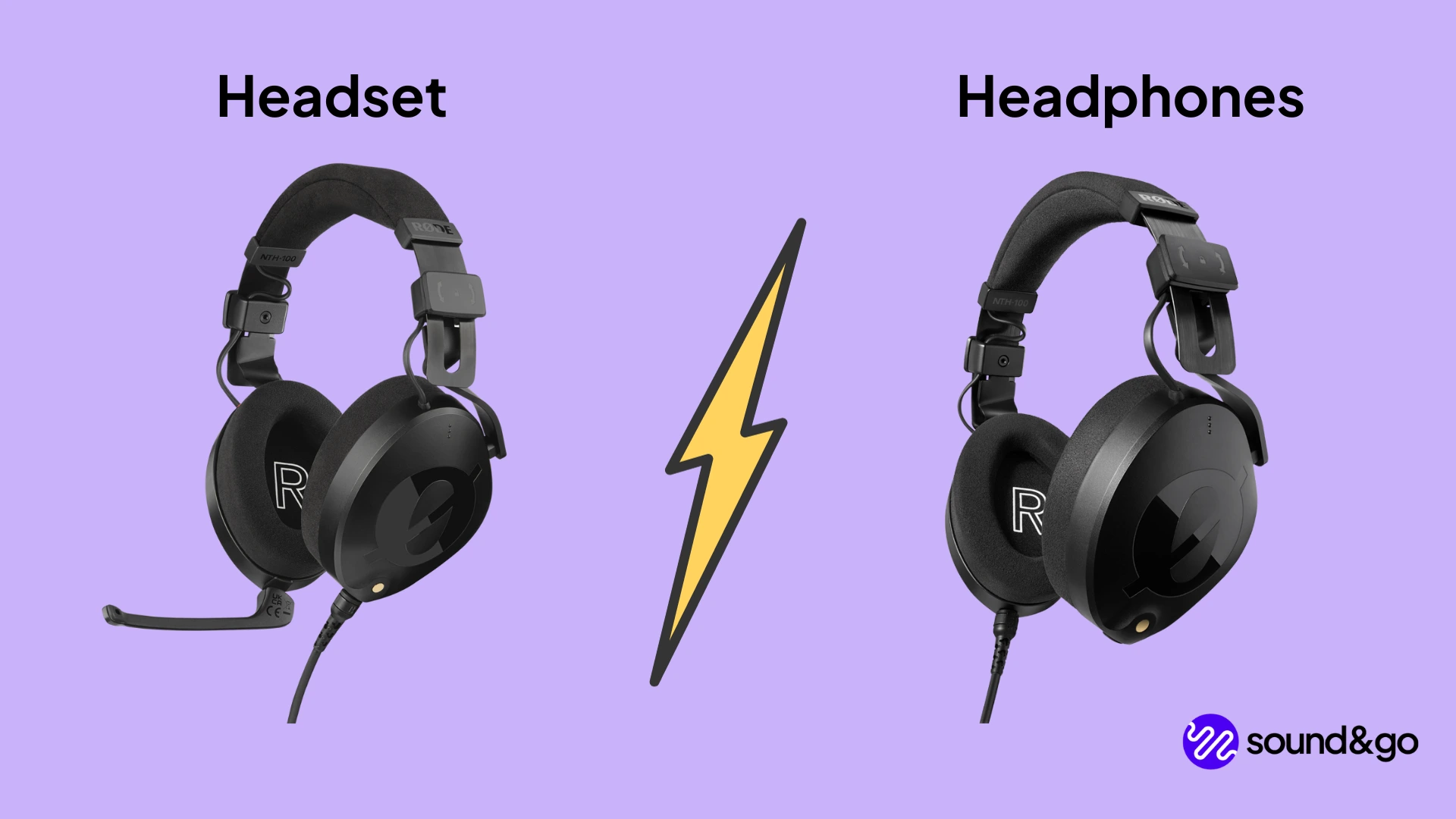
We would not recommend headsets. Even if it sounds very tempting that you can also cover the microphone with just one purchase, there are some disadvantages. These mainly concern the built-in microphone. This is because they usually don’t sound very good and are often very poorly positioned. Directly in front of the mouth, they promote loud breathing noises, pop and wind noise when speaking, and you often sound like a pilot. We want to prevent this.
A large diaphragm microphone makes much more sense here, as the diaphragm also has more physical space to reproduce your voice naturally. We have also selected the best microphones for your own podcast. Are you looking for a headset? Then take a look at our article: The best streaming headsets and streaming headphones.
The best podcasting headphones for recording and editing Summarized:
Overall, the Audio-Technica ATH-M20x stands out in the affordable segment. If you want a bit more professional sound, the DT770 Pro is a great choice for starting a podcast, and it’s not for nothing that you often see these headphones in professional studios. If you want to buy a model under 100€, the ATH-M20x is a good choice. If you are looking for even higher quality models, take a look at our studio headphones comparison.
With these recommendations, you’ll be happy to start your next podcast recording and not just wear your new headphones for podcasting.
If you need more information, for example if you need a professional microphone, take a look at our blog! We also have a podcast microphone comparison, including a recommendation for a cheap USB microphone.
We also have a summary of all the costs that will be incurred for your new podcast.
Links marked with * are affiliate links. There are no additional costs for you, some of these links are with an automatic discount for you. We mark these links for transparency and would never recommend bad products. Find out more here: Our partners.

